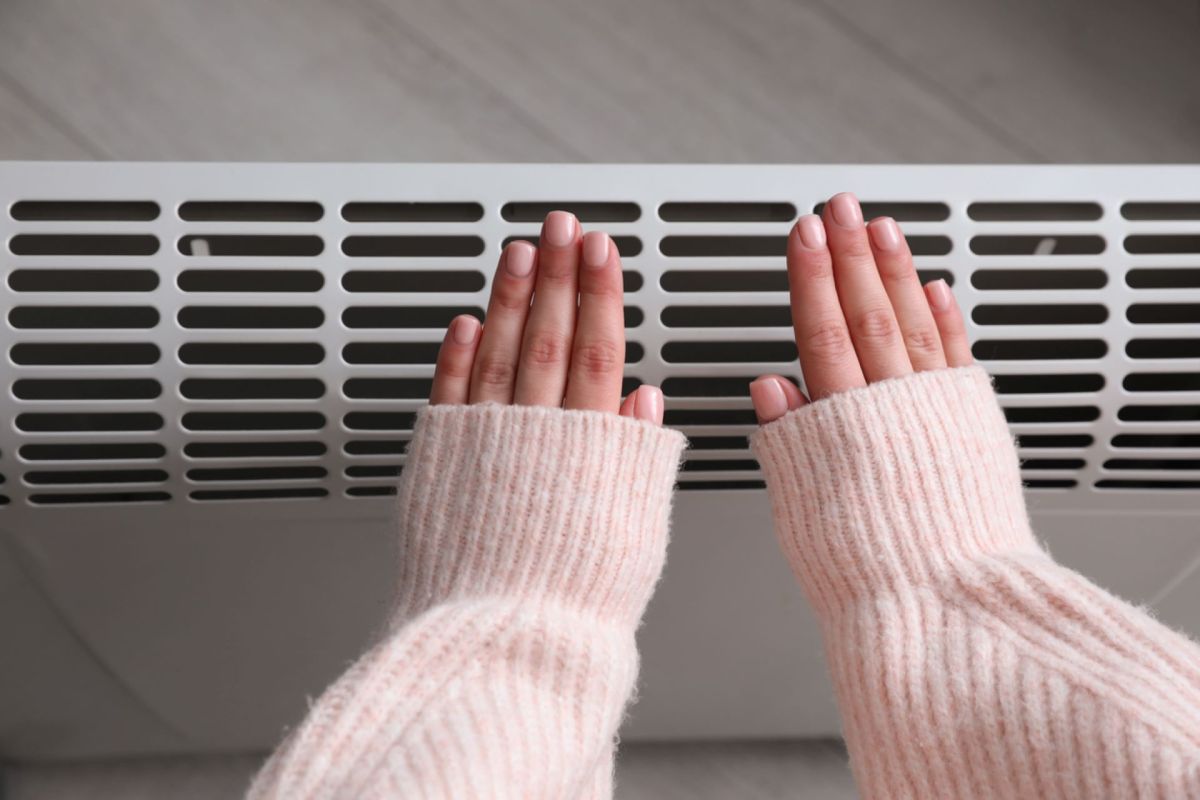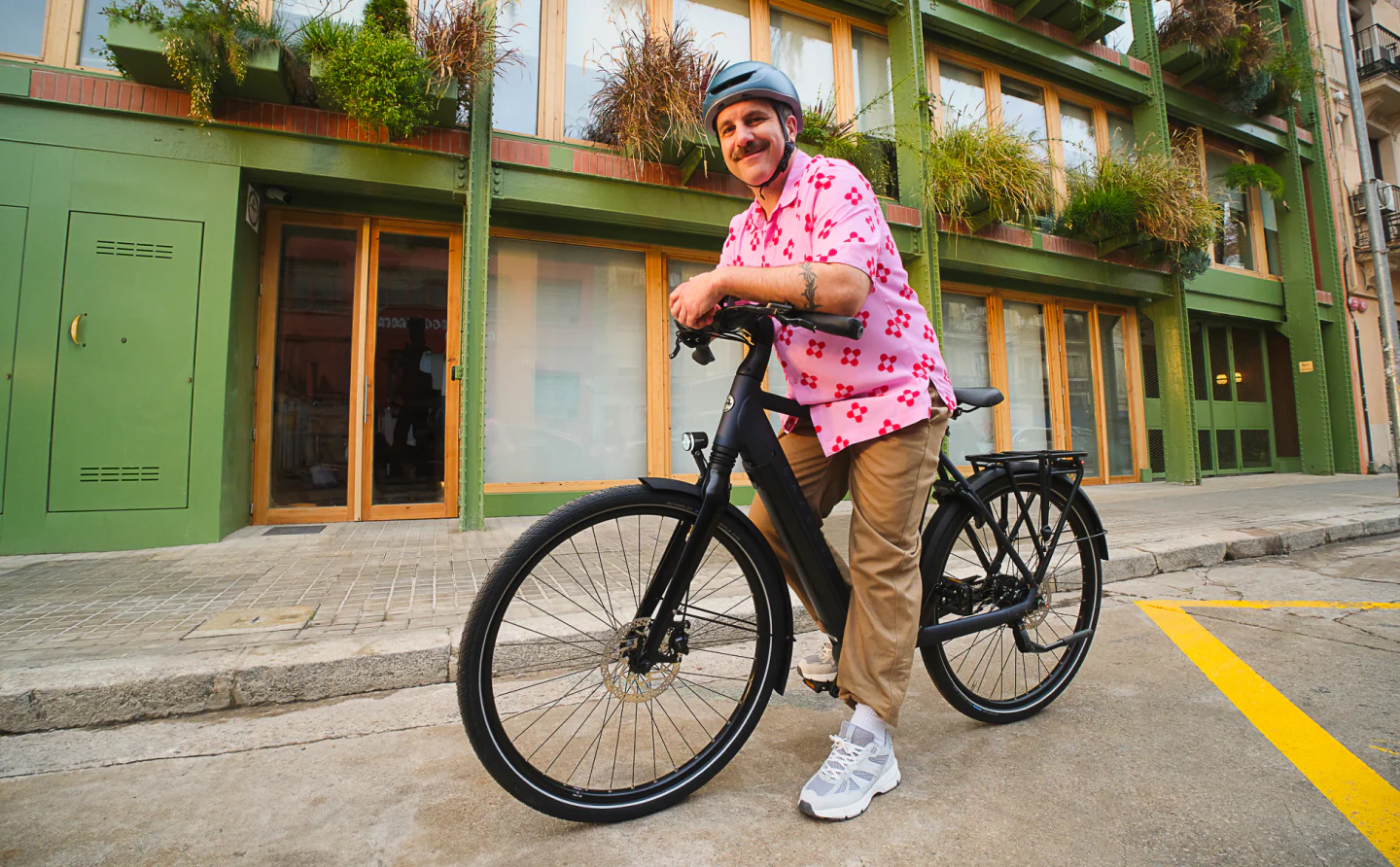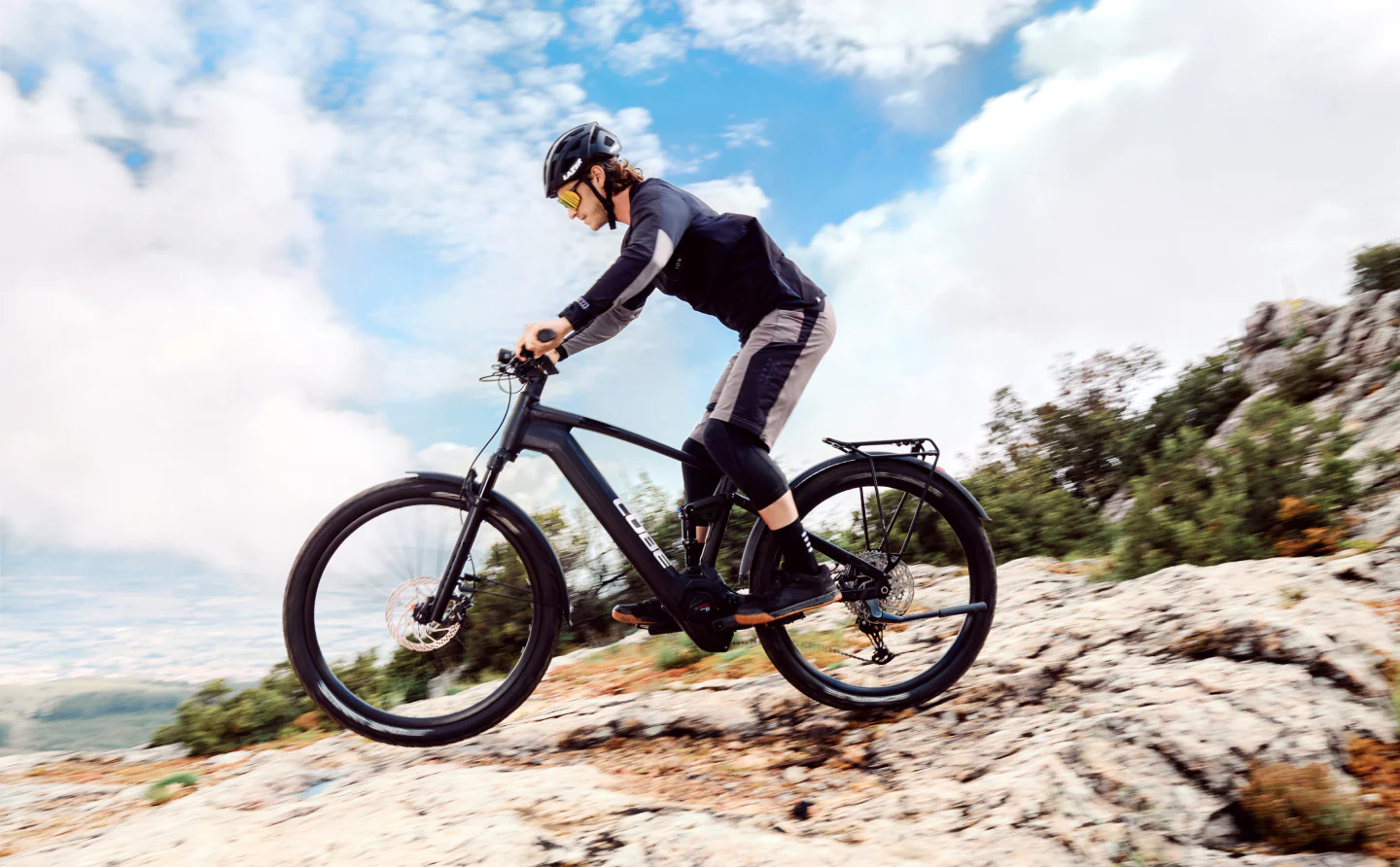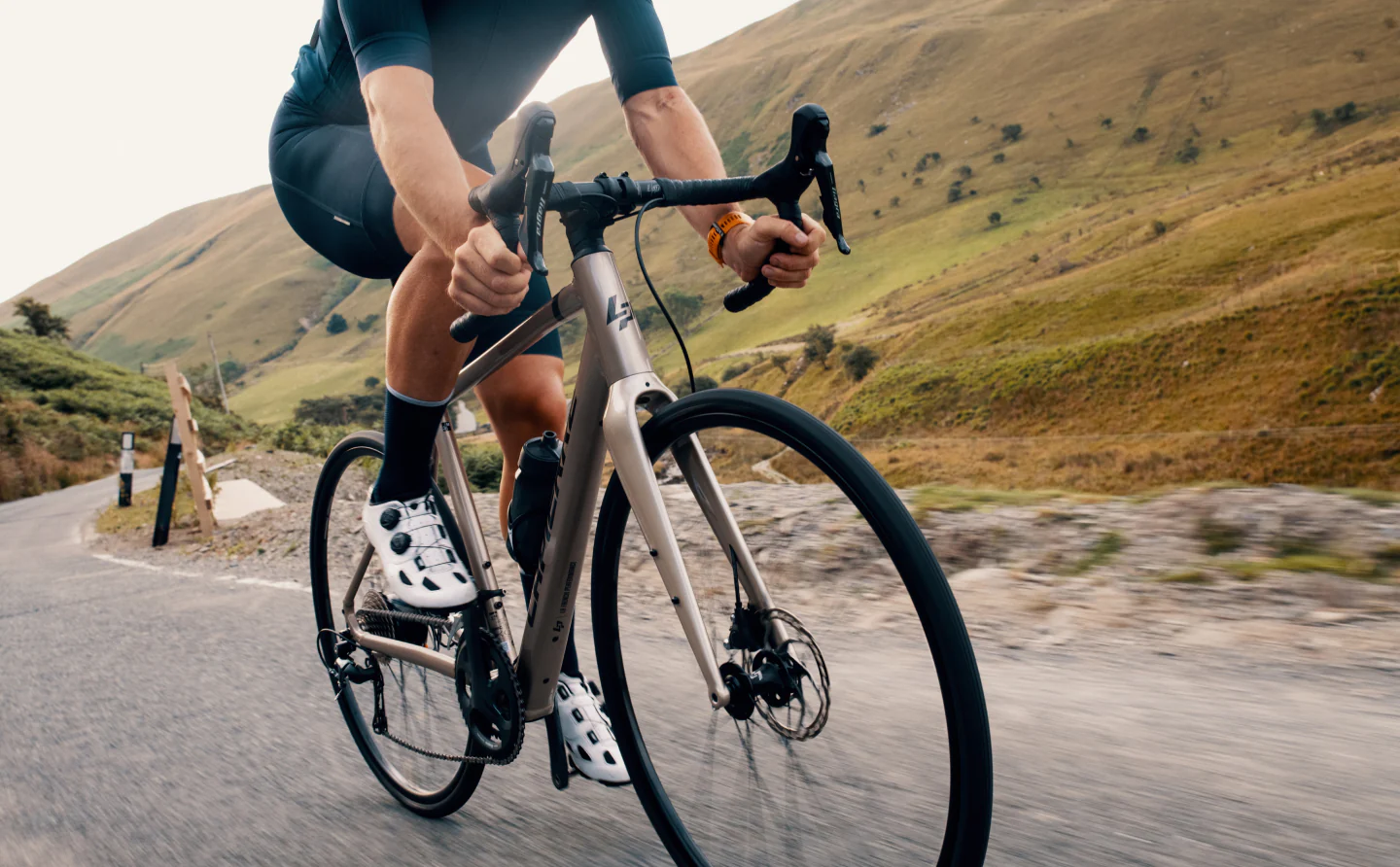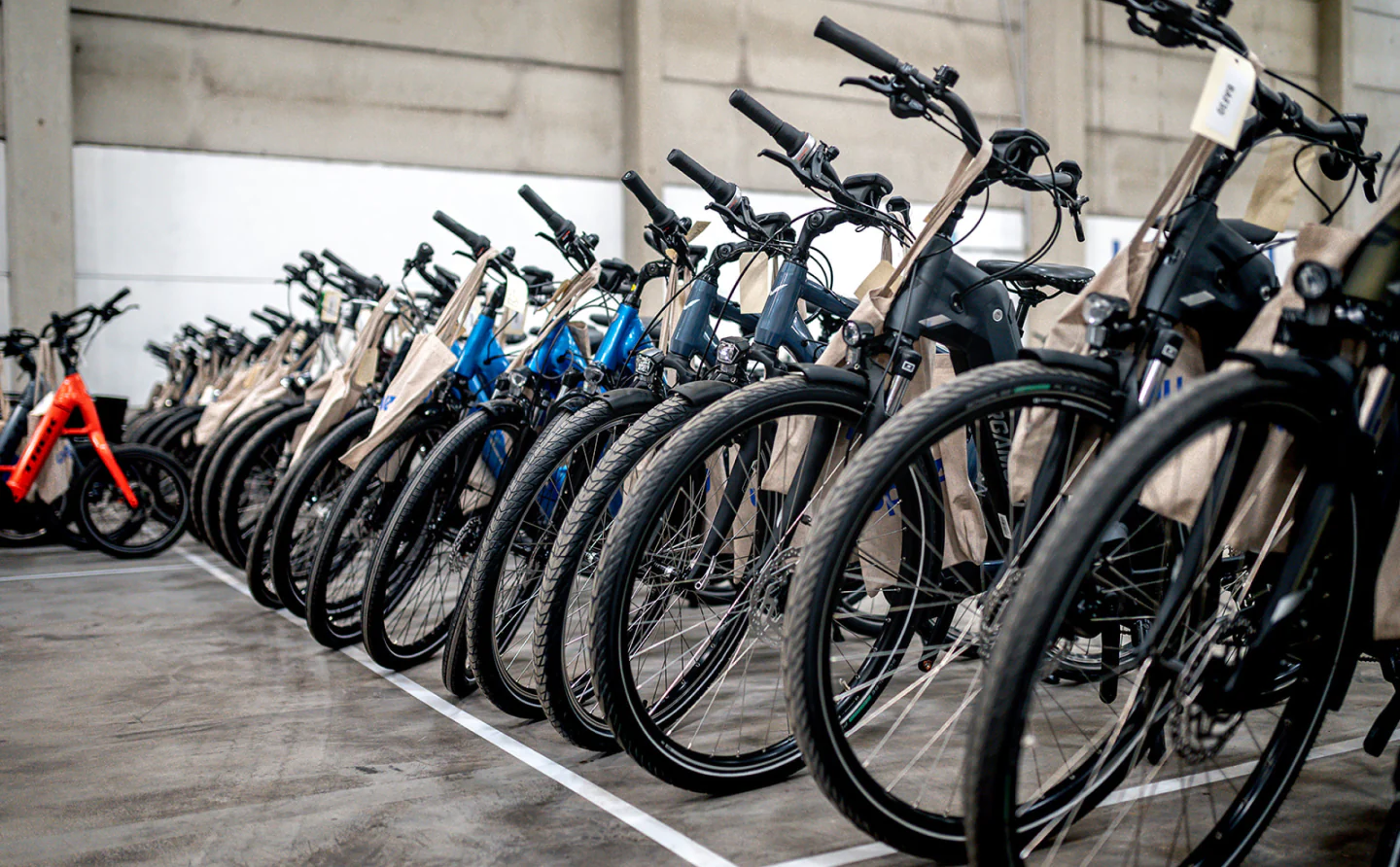According to the U.S. Department of Energy, space heating is the number one use of energy in American homes, accounting for 45% of the average energy bill.
And if you rely on natural gas or an electric resistance system like baseboard heaters, you're probably paying more than you need to. While a wall-installed heat pump is the best option, you don't have to install a completely new system to save — consider supplementing your existing heating with a miniature heat pump.
What is a mini heat pump?
Also called a micro heat pump, this is an appliance that works on the same principles as an air conditioner — and, indeed, they're sometimes sold as "air conditioners with heat." They work similar to large-scale heat pumps, warming your home by pulling heat from the air outside or the ground below your home, and then transferring that heat inside (or cooling it by transferring heat out).
Mini heat pumps come in two main styles: window units (similar to window AC units) and rolling units that connect to a window or vent with a hose. The latter, more portable units are great for rented spaces where you're not allowed to install a window unit, or during cold months — when you want to be able to move the heat pump from room to room.
It's worth noting that mini heat pumps are different than mini-split heat pumps, which require more permanent installation and generally cost more.
 Which of these factors would most effectively motivate you to buy a heat pump?
Which of these factors would most effectively motivate you to buy a heat pump?
 Lower energy bills
Lower energy bills 
 Better temperature control
Better temperature control 
 Helping the planet
Helping the planet 
 I'd never buy a heat pump
I'd never buy a heat pump 
 Click your choice to see results and speak your mind
Click your choice to see results and speak your mind
How does a mini heat pump save me money?
Because heat pumps move heat around instead of generating it directly, they use less energy to produce the same temperature change as a traditional heating system. That means a lot of the time, you can use your heat pump instead of your traditional heating system, getting the same results for cheaper.
A mini heat pump may not be as powerful as your existing heating, so if you want to raise the temperature a lot or heat a large space, you may need to use both. Mini systems don't work as well when the temperature is close to freezing, so they have limits during the coldest parts of winter.
However, if you use the mini heat pump to supplement your other heating equipment, especially during the day or when temperatures aren't freezing, you can seriously reduce your energy bill. Many models only cost a few hundred dollars — a cost you'll quickly earn back, considering that most Americans spend over $100 a month on winter heating costs, as The Hill reports.
What features should I look for?
Since these are often sold as air conditioners with an added heating function, "heating mode" is a must to make sure you're getting the right item. If you're going for a portable unit, look for two hoses, not one. While there are well-reviewed one-hose units like this 10,000 BTU one from Serene Life, dual-hose systems like this 14,000 BTU one from Whynter tend to be more efficient and provide more cooling and heating power for about $200 more.

Perhaps the best option overall, though, is this Midea Duo model. While it has a lower BTU rating than the Whynter, at 12,000, it actually boasts a bit more coverage at 550 square feet thanks to what it calls variable speed inverter technology, which the company says increases efficiency and saves "40% energy compared to USA federal standards."
TCD Picks » Upway Spotlight

Another important point to note is that heat pumps naturally collect condensed water as they run. All of these models have features to expel the condensation in cooling and dehumidifying modes, but in heating mode, each one collects condensation in the unit and must be emptied periodically, or a separate drainage solution can be purchased. Because the hot air goes inside in heat mode, the condensation is not able to be expelled in the home or outside automatically, so this factor must be considered before relying on one of these units for constant heating.
As stated before, heating with a mini heat pump is more of a supplementary option than a full heating solution. Think of them as super air conditioners that do everything a window AC unit does while also being able to provide supplementary heat with a good bang for your buck. A full wall-installed heat pump is best if fully relying on a heat pump for heating, as most of those models are installed with exterior drainage piping.
As one last consideration, look for a model that comes with a quality window kit, like the Midea unit or this dual-hose unit from Cooper&Hunter, which also looks a bit more modern and sleek than some other options.
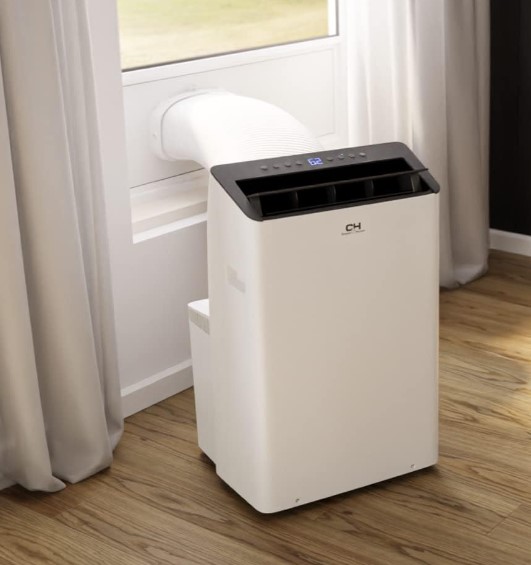
A good window kit will allow you to attach it to your window easily, with a strong seal to keep drafts out. As you look for the right kit, check if the unit has to go in a window that slides up to open, not one that slides to the side. The Midea and Whynter units can handle both with good reviews from vertical users, but not all can accommodate vertical without an adapter solution.
Join our free newsletter for easy tips to save more, waste less, and help yourself while helping the planet.
